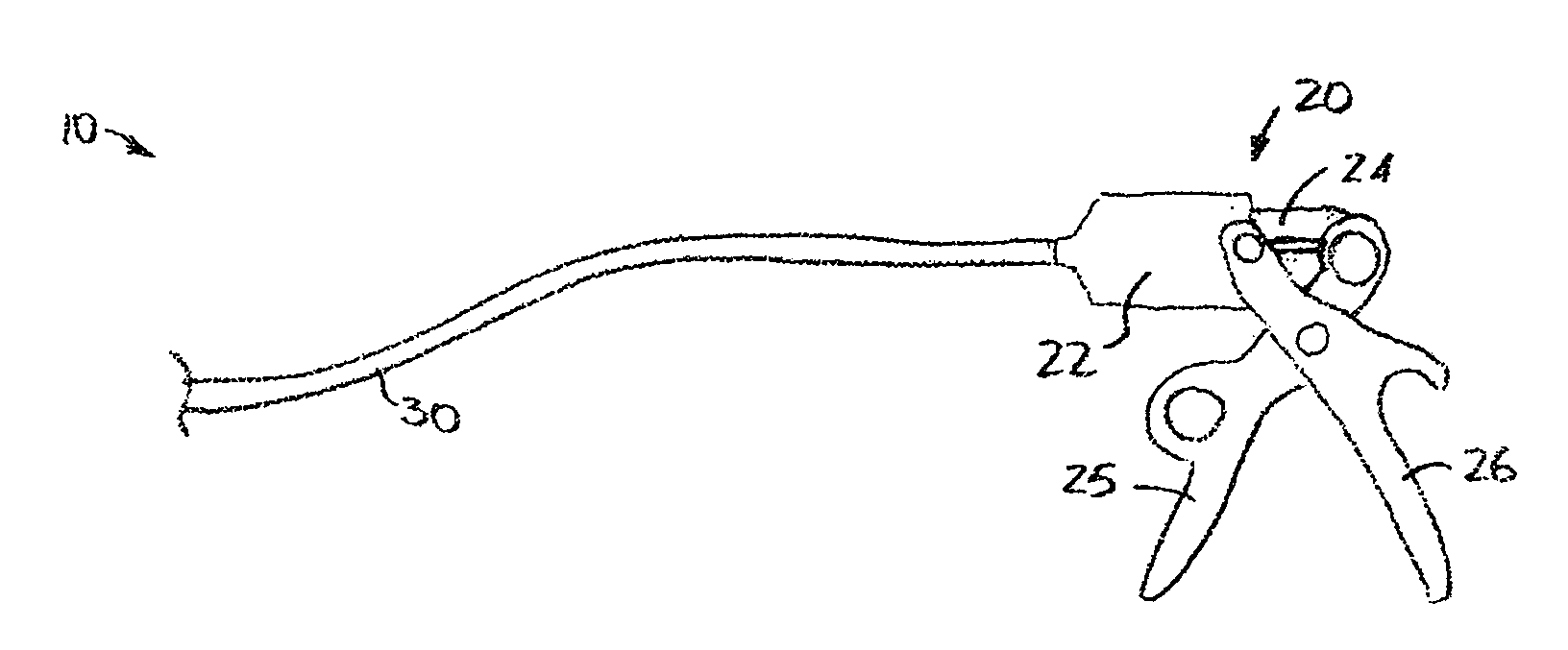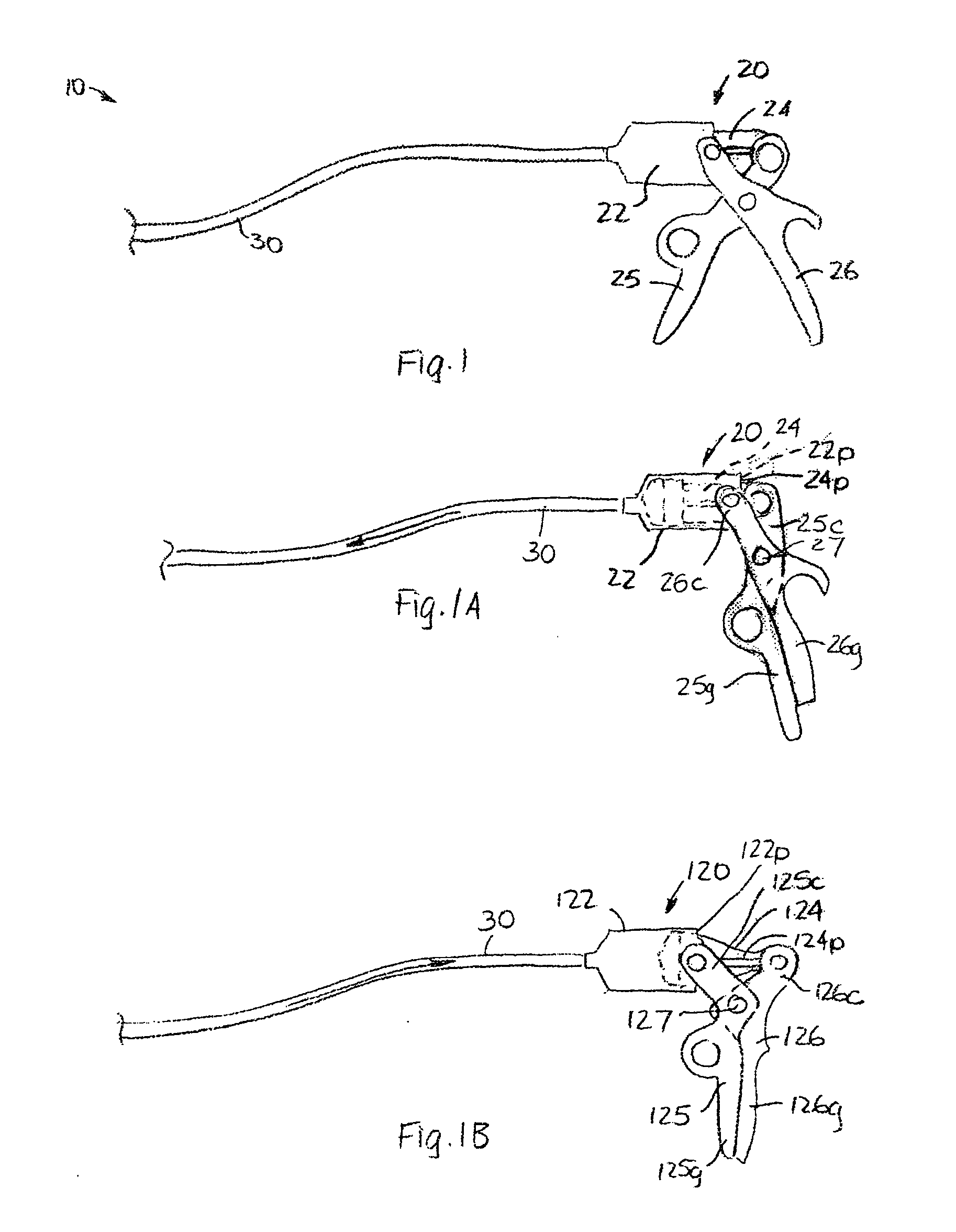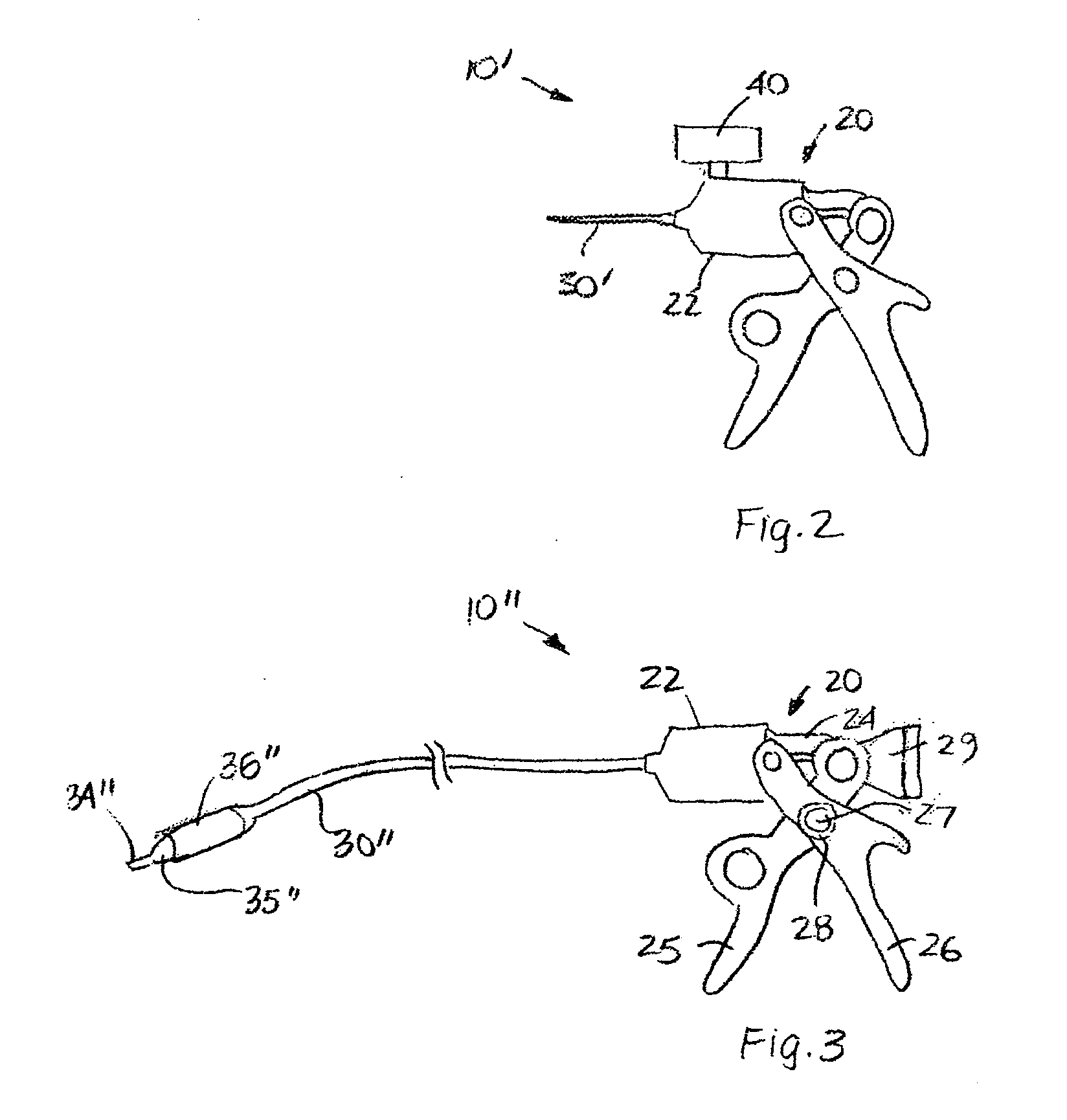Methods for manually injecting/aspirating fluids through small diameter catheters and needles and manual injection/aspiration systems including small diameter catheters and needles
- Summary
- Abstract
- Description
- Claims
- Application Information
AI Technical Summary
Benefits of technology
Problems solved by technology
Method used
Image
Examples
example 1
[0032]The following TABLE presents data obtained using a 10 ml control syringe available from Argon Medical Devices Inc. of Athens, Tex., and a 12 ml control syringe available from Abbott Laboratories or Abbott Park, Ill., with a variety of catheters. Specifically, the catheters that were used included a 2.3 mm TURBO ELITE laser catheter manufactured by the Spectranetics Corporation of Colorado Springs, Colo., which has a length of 120 cm and a lumen dimension (e.g., internal diameter) of 0.020 inch; a 5 F (lumen dimension (e.g., internal diameter) of 0.038 inch to 0.052 inch), 65 cm long COBRA catheter from Merit Medical Systems, Inc., of Murray, Utah; and a 4 F (lumen dimension (e.g., internal diameter) of 0.038 inch to 0.044 inch), 100 cm long JUDKINS catheter, also from Merit Medical Systems. Each syringe-catheter combination was tested five times. The test protocol included inspection of the syringes and catheters for visible defects, filling the syringes to capacity with water...
example 2
[0033]The same procedure was used to test several systems 10 (FIG. 1) that incorporate teachings of the present invention. Specifically, 12.5 ml, 25 ml, and 50 ml syringes of the type described in U.S. Pat. No. 7,041,084, in U.S. Patent Application Publication US-2006-0270996-A1, in U.S. patent application Ser. No. 11 / 431,420, referred to as “POWRsyringe,” were tested with the same types of catheters as those used in EXAMPLE 1. The following data demonstrate the significant increase in fluid transport rate for the 12.5 ml syringe, as well as the utility in using larger (e.g., 25 ml and 50 ml) syringes to manually drive fluids through catheters that are smaller than 6 French in size.
TABLE 24F5FSpectranetics100 cm65 cm2.3 mmCatheterCatheterTurbo FullFull4FFull5FSyringeSpectranteticsSyringe100 cmSyringe65 cmInjection2.3 mm TurboInjectionCatheterInjectionCatheterPass = NoDeviceTimeml / secTimeml / secTimeml / secLeaks12.5 ml 4.52.82.55.01.012.5Yes25 ml11.52.26.53.83.27.8Yes50 mlN / AN / A12.52....
PUM
 Login to View More
Login to View More Abstract
Description
Claims
Application Information
 Login to View More
Login to View More - R&D
- Intellectual Property
- Life Sciences
- Materials
- Tech Scout
- Unparalleled Data Quality
- Higher Quality Content
- 60% Fewer Hallucinations
Browse by: Latest US Patents, China's latest patents, Technical Efficacy Thesaurus, Application Domain, Technology Topic, Popular Technical Reports.
© 2025 PatSnap. All rights reserved.Legal|Privacy policy|Modern Slavery Act Transparency Statement|Sitemap|About US| Contact US: help@patsnap.com



